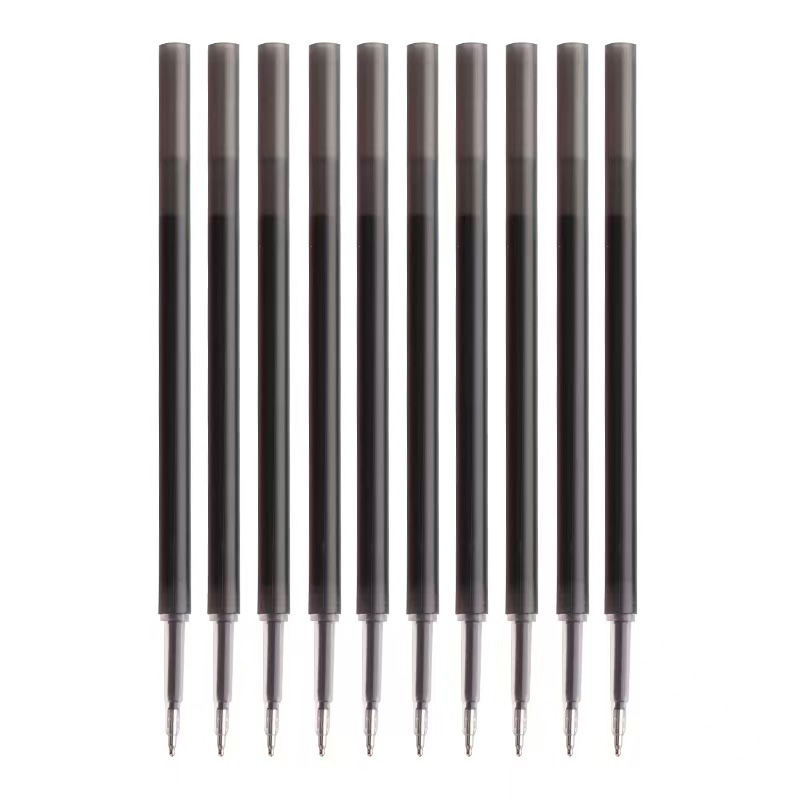In an era marked by environmental consciousness and economic efficiency, the humble ballpoint pen refill is emerging as a quiet hero in the global writing instruments industry. Once considered a mere afterthought to pen sales, refills are now being recognized for their pivotal role in reducing waste, lowering long-term costs, and supporting sustainable business practices. As manufacturers, retailers, and consumers alike pivot toward greener and more durable writing solutions, the market for ballpoint pen refills is undergoing significant transformation.
The Refill Renaissance
Historically, disposable pens have dominated the market due to their convenience and low upfront cost. However, the downside—millions of plastic pens discarded annually—has caught the attention of environmental advocates and forward-thinking corporations. In response, pen manufacturers have started to emphasize refillable systems over disposable models.
The ballpoint pen refill, once limited to premium pen brands, is now increasingly available across mid-range and even budget lines. Major manufacturers like Parker, Lamy, Pilot, and Cross have expanded their compatible refill lines, offering consumers a broad array of options in terms of ink types, colors, tip sizes, and refill lengths.
Sustainability Drives Demand
One of the primary forces driving the growth of the ballpoint pen refill market is the global push for environmental sustainability. Refills offer a simple yet impactful way to cut down on plastic usage. By allowing users to retain and reuse the pen housing, the demand for single-use products is reduced, aligning with broader efforts to reduce landfill contributions.
Companies adopting Environmental, Social, and Governance (ESG) policies are increasingly turning to refillable pens as part of their green office supply strategies. Public procurement guidelines in several regions now favor products with a lower environmental footprint, further boosting demand for refillable writing instruments.
Moreover, some pen refill producers are introducing biodegradable casings and recyclable ink reservoirs, enhancing the environmental appeal of their products. These developments are helping to reposition refills not just as practical accessories but as key components of a circular economy in office and educational supply chains.

Consumer Cost Efficiency and Customization
Beyond sustainability, cost-effectiveness is another major advantage of refillable pens. For institutions such as schools, hospitals, and corporate offices that consume writing instruments in high volumes, the ability to simply replace ink cartridges can lead to significant savings over time. Refills typically cost a fraction of the price of a new pen, making them especially attractive for large-scale buyers with tight budgets.
Retail Strategy and Brand Loyalty
Retailers are taking note of the rising popularity of refills by dedicating more shelf space to refill products and launching educational campaigns on how to choose and use them. Online retailers, in particular, benefit from refill sales by offering subscription services or bundling refills with premium pen purchases to build customer loyalty and repeat engagement.
Some brands are also building ecosystems around specific pen models, where customers are encouraged to buy matching refills, inks, and accessories. This approach not only fosters brand loyalty but also positions refills as an essential extension of the pen rather than a disposable add-on.
Technological Improvements and Compatibility Expansion
The functionality of ballpoint pen refills has also evolved. Recent advancements in ink technology, such as hybrid inks that combine the longevity of oil-based formulas with the glide of gel inks, are now available in refill format. Improved tip engineering ensures smooth, consistent lines with less skipping or blotting, enhancing the overall user experience.
Another major trend is the growing interchangeability and compatibility across pen brands. Standardized refill formats like the Parker-style G2 or ISO 12757-2 certified refills make it easier for consumers to find replacements without being locked into one brand. This open ecosystem encourages experimentation and increases consumer confidence in choosing refillable products.
Challenges and the Road Ahead
While the refill market is gaining momentum, challenges remain. Consumer education is still needed to overcome the habit of simply discarding pens. Some users are unaware that their pens are refillable or unsure of which refill to choose, to missed opportunities for sustainable practices.